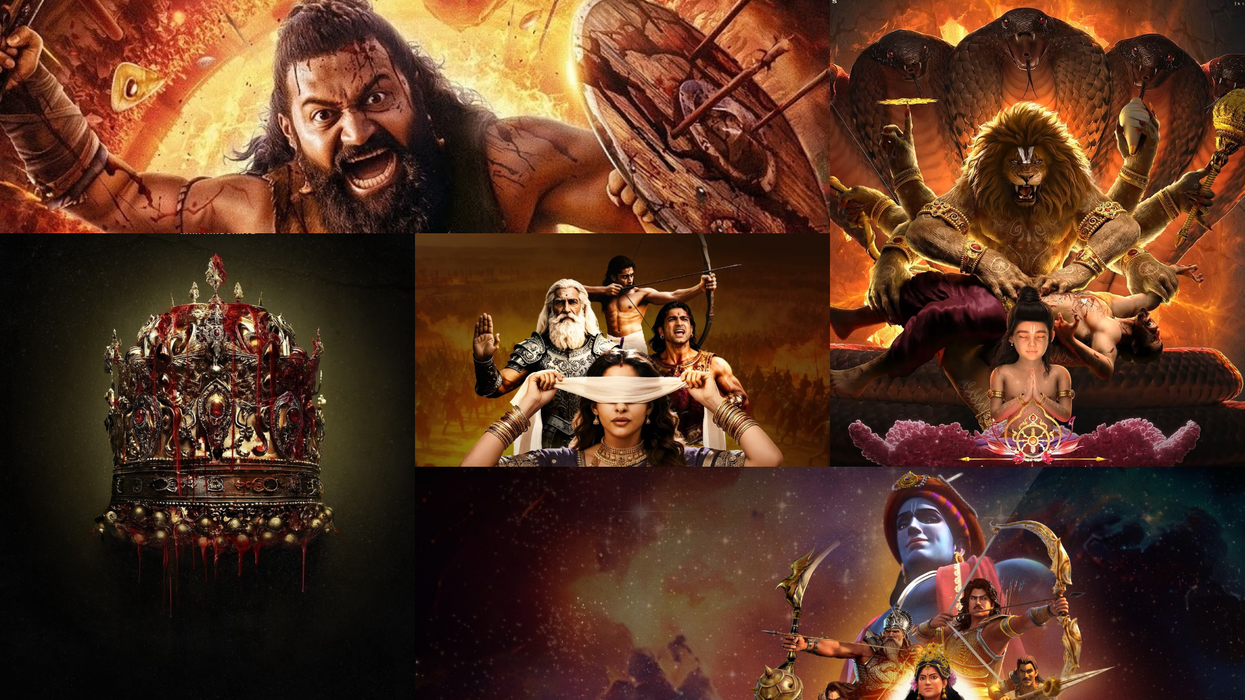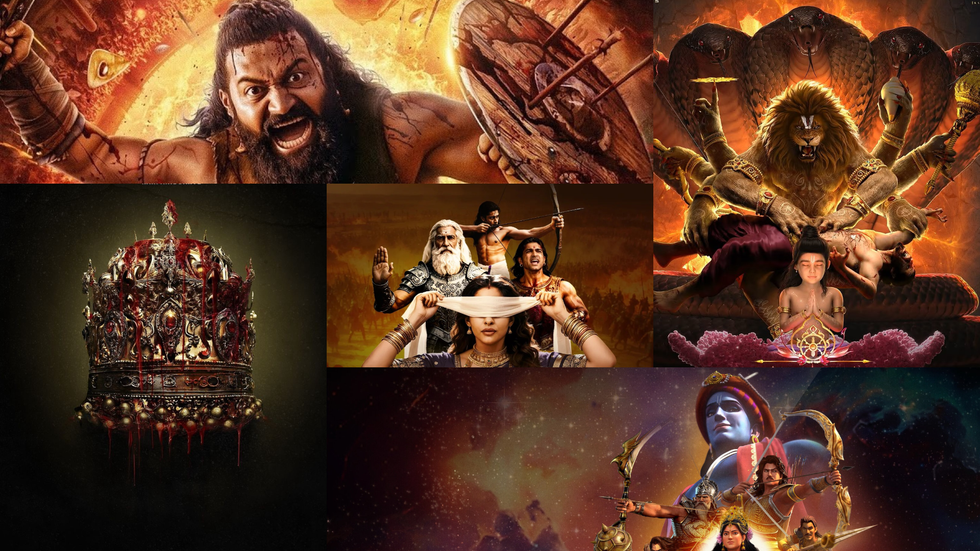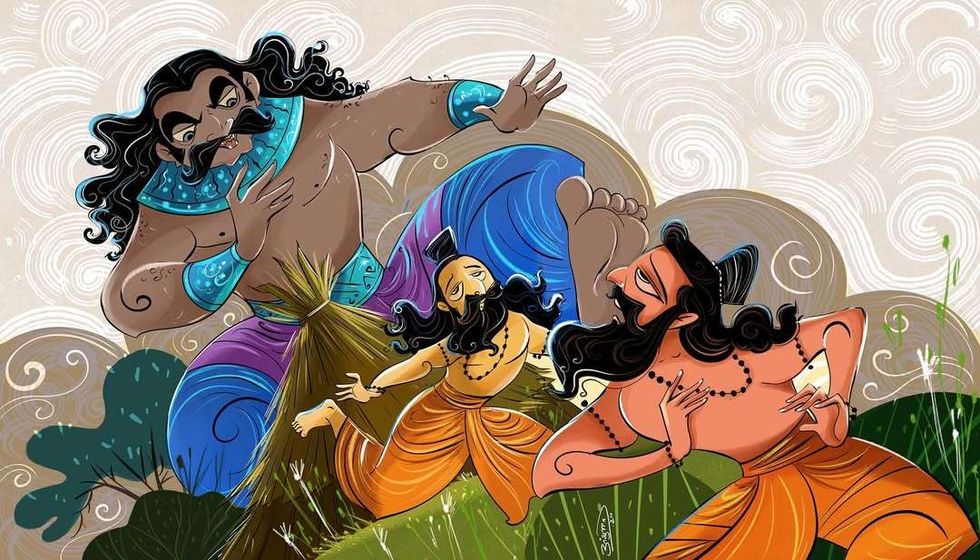Hrithik Roshan and Tiger Shroff are popularly known for their dancing skills besides their acting chops. A dance-off between them will be a sheer visual treat. As reported earlier, Hrithik and Tiger are all set to star in Siddharth Anand’s upcoming directorial which is produced under the YRF banner.
In a conversation with a leading Indian tabloid, Tiger was asked about the possibility of a dance-off between him and Hrithik, to which he replied, "Hrithik Roshan is my ultimate hero and I don’t know if I’ll even be able to move when I am sharing the frame with him. I’ll probably just be standing there staring at him. That is how much in awe of him I am. I hope we make magic together."
Previously, when Tiger was asked about the film and his experience working with Hrithik, Tiger said to a leading Indian tabloid, "I was sitting in front of my Rambo director, Siddharth (Anand), and the producer of this film and trying to act cool, I told them, "I'd love to hear the script and take it forward from there." But in my heart I was like, "Forget the script, I'm already on board!" I wanted to jump up and start dancing, right there, right then!"
He further said, "I feel blessed to be working with my idol. There's so much I look forward to, just being around Hrithik sir feels like a victory to me. I will have to give more than 100 percent to the film because he's so particular about everything. I'll also have to work twice as hard just to stand in the same frame as him. Ufff, he's on another level altogether!"





 Why UK audiences are turning to Indian mythology — and the OTT releases driving the trend this year Instagram/Netflix
Why UK audiences are turning to Indian mythology — and the OTT releases driving the trend this year Instagram/Netflix  Indian MythologyInstagram/
Indian MythologyInstagram/






